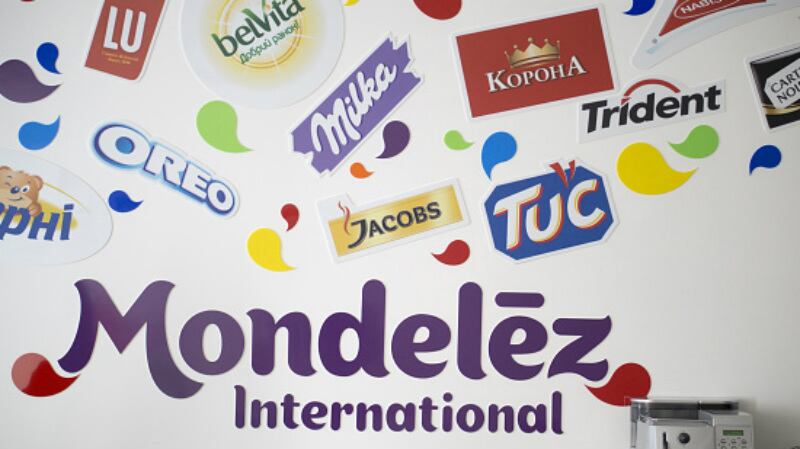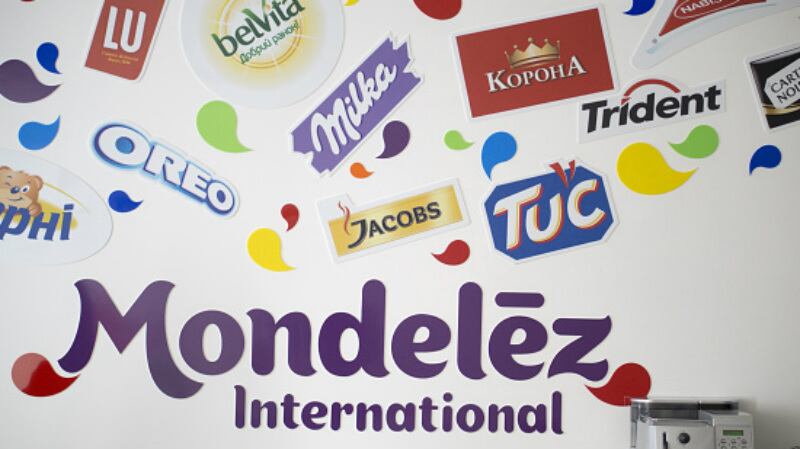According to the firm’s recently-released State of Snacking report, snacking is a rapidly growing industry worldwide with some 60% of adults overall, and 70% of millennials in particular, expressing a preference for ‘many small meals’ as opposed to ‘a few large meals’ in a day.
Australians were revealed to snack significantly earlier in the day than snackers from the United States and United Kingdom, but later than consumers in China, India and Canada.
“What the research shows is that mid-afternoon is the peak time for Aussies [2.41pm] to enjoy a snack, which suggests we’re looking for that pick-me-up to get us through the day,” Mondelez Australia Managing Director Nigel Parsons said to FoodNavigator-Asia.
“Earlier this year, we announced our new SnackFutures Hub for ANZ based in Melbourne, and the team are working hard to identify new products that address emerging snacking trends such as functional and wellbeing needs."
Overall, 60% of Australians were found to snack in the morning, 64% in the afternoon and 50% in the evening.
A key factor driving the local snacking market as a whole is convenience, with some 88% of all Australians citing this as a top factor impacting their decision when it comes to making a snack choice.
“While the average global snack break lasts 15 minutes, Australians pause only 11 minutes so it’s no surprise that Australians prioritise convenience over all else when it comes to impacts on their snacking choices,” Mondelez Australia added in a formal statement.
“Even when indulging, they are most likely to select ‘quick, sweet treats’ to meet their craving in a short amount of time.
The second key factor that comes into play for the country is that of high quality, with 83% of Australians citing this as a top decision-influencer. This was followed by the need for filling and sustaining options (82%) and healthy/balanced or indulgent options (both 80% respectively).
When it comes to the preferences of different age groups though, there is s significant divergence between different demographics.
Boomers, defined by the survey as between the ages of 55 to 73, showed an unsurprising focus on nutrition, showing a preference for snacks that are low in fat, sugar and calories in hopes of improving their ‘holistic wellbeing’.
Younger consumers in the centennial (ages 18 to 22) and millennial (ages 23 to 38) categories were more functions- and trends-focused, showing preference for mood-enhancing snacks (23%), brain-boosting snacks (16%) and gluten-free snacks (15%).
The report added that the majority of this group (32%) replaces their breakfast with snacks as opposed to lunch (20%) or dinner (12%). In contrast, 50% of the Australian boomer generation was found to eat their snacks after dinner, and not as a meal replacement.
“This potentially reflects dieting trends. In the past, the focus has very much been on counting calories and lite options, while younger consumers are seeking snacks that meet a functional need which includes shaping their mood and general wellbeing,” added Parsons.
“Snacks are an increasingly important part of our daily diets, and the research shows that we want options that are good for us and meet our nutrition and wellbeing needs.”
Parsons added that: “Our broader business continues to take our core product range into new areas such as increased fibre, simple ingredients and reduced sugar.
"Some recent examples of this innovation include the successful launch of Cadbury Trail Mix which combines chocolate pieces with dried fruit and nuts, as well as The Natural Confectionery Company 25% less sugar range. We’re increasing the options available to Aussie and Kiwi consumers that want to enjoy traditional treats, but are paying more attention to what’s in the snacks they buy.”
Other findings from across APAC
Within the APAC region, snacks were found to act more and more as meal replacers in Indonesia with 77% also preferring multiple small meals a day as opposed to a few large ones.
The health factor was also exceptionally important in Indonesia – 87% of Indonesians check nutrition information before eating a snack, some 20% above the global average, and top priorities for the country in terms of new snack options development were health-related.
“In Indonesia, 60% of consumers are actively searching for more vitamin-rich snacks (29% above global average), 57% want snacks lower in sugar (21% above global average) and 56% want snacks to be fresh (13% above global average,” said the Indonesia-specific analysis of the State of Snacking report.
Other key health-related criteria included low-fat (50%), high-protein (49%), low-calories (48%), low-carb (40%), organic (40%), plant-based (36%), gluten-free (35%) and bite-sized packaging (32%).
Over in China, snacking was found to have already outpaced traditional meals with the average Chinese adult now eating more snacks than meals daily.
“For every meal consumed in China daily, 1.11 snacks are eaten,” stated the China-specific analysis document.
“Most snacking takes place at 1.36pm daily, earlier than most countries and only later than the average snacking times in Indonesia (11.28am) and India (12.03pm).”
Indulgence was found to be a key driver in the country, with 74% of Chinese adults saying that they would try to have ‘healthier meals’ so that they could use snacks to ‘indulge’, whereas 65% of younger Chinese consumers (centennials and millennials) found healthier choices to be ‘less important’ when snacking for indulgence or as a treat.



